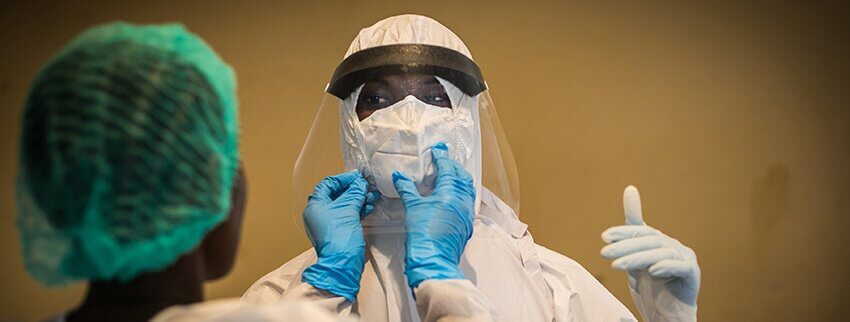
You must have heard of it already but really, what is HIV/AIDS? A member of the retrovirus family known as a lentivirus, or “slow virus,” HIV weakens the immune system and the body’s natural defenses against infection. It makes a person more susceptible to other infections and some cancers that can lead to death. AIDS, also known as acquired immunodeficiency syndrome, is an immune system infection brought on by the human immunodeficiency virus (HIV). The last stage of HIV infection, AIDS, is characterized by a high incidence of malignancies and deadly infections.
Read More: How To Remove Third-Party Access From Your Instagram Account
WHAT IS HIV/AIDs: THE COMING OF AIDS
The U.S. Centers for Disease Control and Prevention (CDC) released a study on June 5, 1981. Documenting pneumocystis carinii pneumonia, a rare lung infection that affected five homosexual men in Los Angeles. According to an expert examination of the cases, the illness was most certainly contracted through sexual contact. And seemed to be linked to immune failure. Brought on by exposure to something that made the patients more susceptible to opportunistic infections. The Kaposi Sarcoma outbreak among homosexual men in New York City and San Francisco was reported by the CDC the following month.

The investigation revealed that opportunistic infections such as p.carinii pneumonia frequently coexisted with the malignancies in these cases. Infections and malignancies were later shown to be signs of an acquired immunodeficiency syndrome. At first, some doctors called the condition “gay-related immune insufficiency” (GRID).
By 1984, African-based researchers had established conclusive proof of HIV’s heterosexual transmission. They recognized the virus as a new type of human retrovirus and assumed that it was the cause of Aids. But a more thorough characterization was required to confirm the connection. The virus had been found the year before by a team of French researchers led by virologist Luc Montagnier. Robert C. Gallo, an American virologist, received samples from Montagnier. He had aided in the identification of the first identified human retrovirus (human T-lymphotropic virus ). A few years later, Gallo contributed to the discovery that HIV was the cause of AIDS and to the subsequent invention of a blood test to identify it. The newly discovered pathogen was initially given the name lymphadenopathy-associated virus by Montagnier (LAV). The virus was called HIV by the worldwide committee on virus taxonomy in 1986.
THE ORIGIN OF HIV
Probably in the late 19th or early 20th century, the practice of hunting, killing, and consuming chimpanzee meat may have allowed the virus to spread to people. Since primates are thought to be the origins of HIV and AIDS, respectively, the strain of SIV found in gorillas is known as SIVgor and is unique from the strain found in chimpanzees. AIDS is a zoonotic infection, which means that it can spread to humans and other vertebrate animals.
According to genetic analyses of the pandemic HIV-1 group M strain, the virus started to spread over those regions in the late 1950s. A later strain known as HIV-1 group M subtype B moved from Africa to Haiti in the middle of the 1960s.
WHAT IS THE MEANING OF HIV/AIDS?
So then, what is HIV/AIDS? A virus called the human immunodeficiency virus targets the immune system, which keeps you healthy. It is simpler to become seriously ill and even pass away from illnesses that your body would typically be able to fight off when the virus affects the immune system. Sexual contact, sharing sharp objects like needles or syringes, and getting HIV-infected blood, semen, or vaginal fluids into open wounds or sores on your body are all ways to contract this virus. HIV can be transmitted to infants while a woman is pregnant, giving birth, or nursing. The medication can be used by an HIV-positive pregnant woman to lessen the risk of the baby contracting the virus. HIV cannot be transmitted via saliva, thus you cannot contract it through kissing, coughing, or sneezing.
Leave a Reply